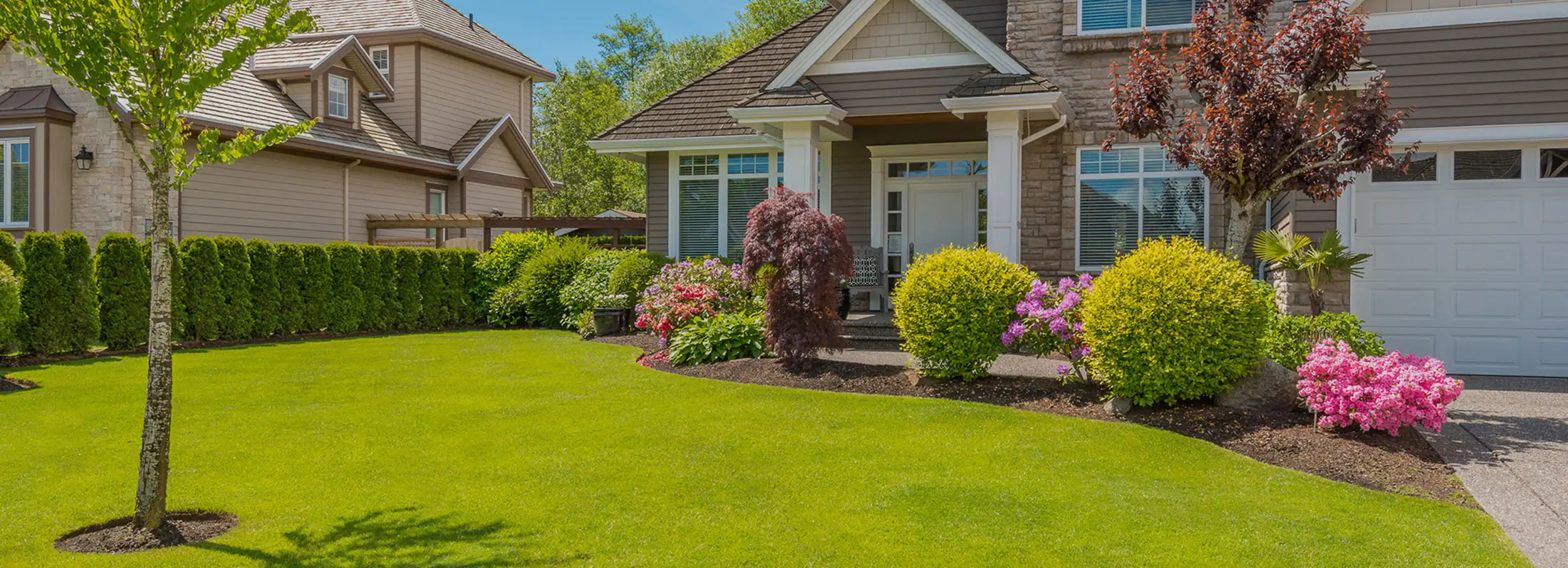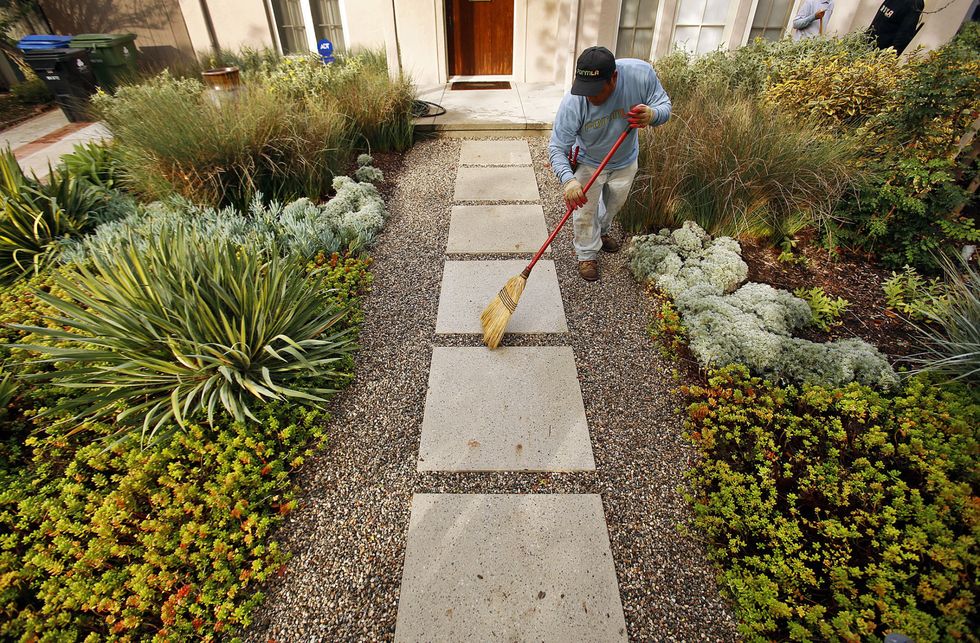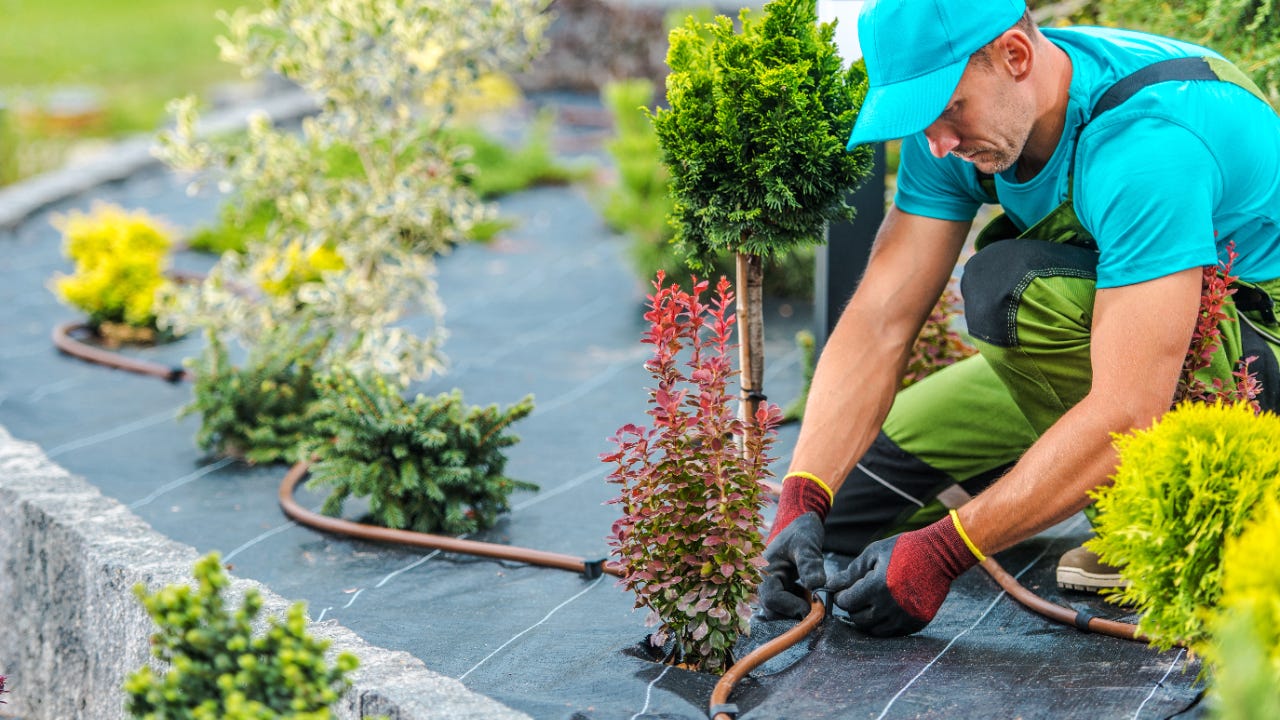Change Your Outside Area with Specialist Palm Desert Landscaping Services
Change Your Outside Area with Specialist Palm Desert Landscaping Services
Blog Article
A Comprehensive Guide to Designing and Implementing Effective Landscaping Solutions
The art and scientific research of landscape design prolong past simple aesthetic appeals; they involve a thoughtful integration of layout principles, environmental stewardship, and functional application. An extensive overview to effective landscape design services starts with a comprehensive understanding of your outdoor space, emphasizing the relevance of unity, equilibrium, and proportion. As we explore sustainable techniques and the option of proper plants, the effects for biodiversity and community well-being become progressively apparent. What techniques can one use to make sure these landscapes not just thrive however likewise thrive attuned to their environments?

Understanding Landscape Style Concepts
One may question what foundational components contribute to effective landscape design. At its core, effective landscape layout rests on several crucial principles that assist the plan and choice of elements within an area. These concepts consist of unity, rhythm, percentage, and balance, each serving to produce an unified outside atmosphere.
Unity describes the cohesive relationship amongst different elements, ensuring that they collaborate visually and functionally. Equilibrium can be accomplished via unbalanced or symmetrical setups, allowing the landscape to feel stable and inviting. Proportion involves recognizing the scale of aspects in connection to each other and the surrounding atmosphere, promoting visual harmony and convenience.

Examining Your Outdoor Room
Before carrying out the concepts of landscape design, an extensive analysis of your exterior space is important. This initial examination helps specify the scope of your landscaping job and ensures that your style straightens with the unique attributes of your home. Begin by assessing the measurements of your space, taking exact measurements to recognize the available location for numerous components such as pathways, yards, and patio areas.
Following, observe the existing attributes of your landscape, consisting of topography, dirt top quality, and drain patterns. These aspects substantially affect plant choice and placement. Additionally, assess the sunlight direct exposure throughout various locations throughout the day, as this will affect the kinds of plants that flourish in your yard.
Think about the microclimates produced by structures, trees, and other obstacles, as they can affect temperature level and moisture levels. Last but not least, take note of any kind of existing plants or hardscape aspects that you want to eliminate or keep. This detailed assessment lays the groundwork for a educated and efficient landscaping remedy, guaranteeing that your design is not only cosmetically pleasing but lasting and likewise useful for many years ahead.
Sustainable Landscape Design Methods
Including sustainable landscape design techniques is crucial for producing an eco accountable outdoor space. These techniques not only promote eco-friendly equilibrium yet also boost the aesthetic and practical worth of a landscape. One fundamental technique is the use of indigenous plants, which call for much less water and upkeep while supporting regional wild animals. Carrying out efficient watering systems, such as drip watering, decreases water waste and guarantees that plants get ample dampness.

One more efficient strategy is the critical placement of hedges and trees to provide natural windbreaks and color, hence lowering energy costs (Palm Desert Landscaping). Rainfall yards can be incorporated right into the landscape design to handle stormwater drainage effectively, filtering system pollutants prior to they enter waterways
Selecting the Right Plants
Choosing the right plants for your landscape is critical to accomplishing both visual appeal and environmental harmony. The process starts with an understanding of your neighborhood climate, dirt problems, and the particular microenvironments within your landscape. Evaluating variables such as sunshine direct exposure, moisture levels, and existing plants will help you pick plants that flourish in your distinct setup.
Consider integrating indigenous plants, as they are well-adapted to local conditions, need less maintenance, and assistance regional wildlife. In addition, selecting a diverse variety of types can enhance biodiversity while lowering the danger of condition and parasite outbreaks. It is essential to assess the development behaviors, blooming periods, and seasonal shades of possible plants to create a natural and dynamic landscape.
Furthermore, think of the planned use the space; as an example, if the location will experience high foot traffic, go with resistant ground covers. By attentively choosing plants that straighten with both your environmental demands and visual objectives, you can develop a lasting landscape that not only boosts your building but also adds positively to the bordering environment.

Implementation and Maintenance Approaches
Once the best plants have actually been check out here picked for your landscape, the focus shifts to efficient execution and recurring maintenance strategies. Successful setup starts with correct site preparation, that includes dirt testing to establish nutrient levels and pH, adhered to by amending the dirt as required. visit this web-site Meticulously set up plants according to their development behaviors and light needs, ensuring adequate spacing to promote healthy growth.
Watering is a crucial component of implementation. Develop a watering timetable that considers the details requirements of each plant types, adjusting for seasonal adjustments. Using drip irrigation systems can enhance water efficiency and reduce runoff.
Upkeep techniques should be implemented to make certain the durability and vitality of your landscape. Normal jobs include weeding, mulching, and trimming to manage growth and stop condition. Fertilizing should be carried out based on find more dirt tests, providing the needed nutrients without over-fertilizing.
Keeping an eye on for conditions and parasites is important; early detection can protect against substantial damages. Seasonal changes to upkeep regimens, such as preparing and winterizing perennials for springtime growth, will certainly ensure that your landscape stays healthy and balanced and visually enticing year-round.
Verdict
In conclusion, effective landscaping services require a detailed understanding of design principles, thorough analysis of outside areas, and the application of sustainable techniques. The selection of suitable plant varieties plays a vital duty in enhancing aesthetic appeal and ecological strength - Palm Desert Landscaping. Successful implementation and recurring upkeep even more ensure the long life and vitality of landscapes. By integrating these components, landscapes can be changed into stunning, useful settings that advertise biodiversity and contribute favorably to neighborhood health.
One may question what foundational components contribute to efficient landscape style. At its core, effective landscape style hinges on a number of crucial concepts that assist the plan and choice of aspects within an area.Choosing the right plants for your landscape is important to accomplishing both visual charm and ecological harmony. It is important to evaluate the growth habits, growing durations, and seasonal shades of prospective plants to create a cohesive and vibrant landscape.
When the best plants have been chosen for your landscape, the emphasis moves to efficient implementation and ongoing upkeep approaches.
Report this page